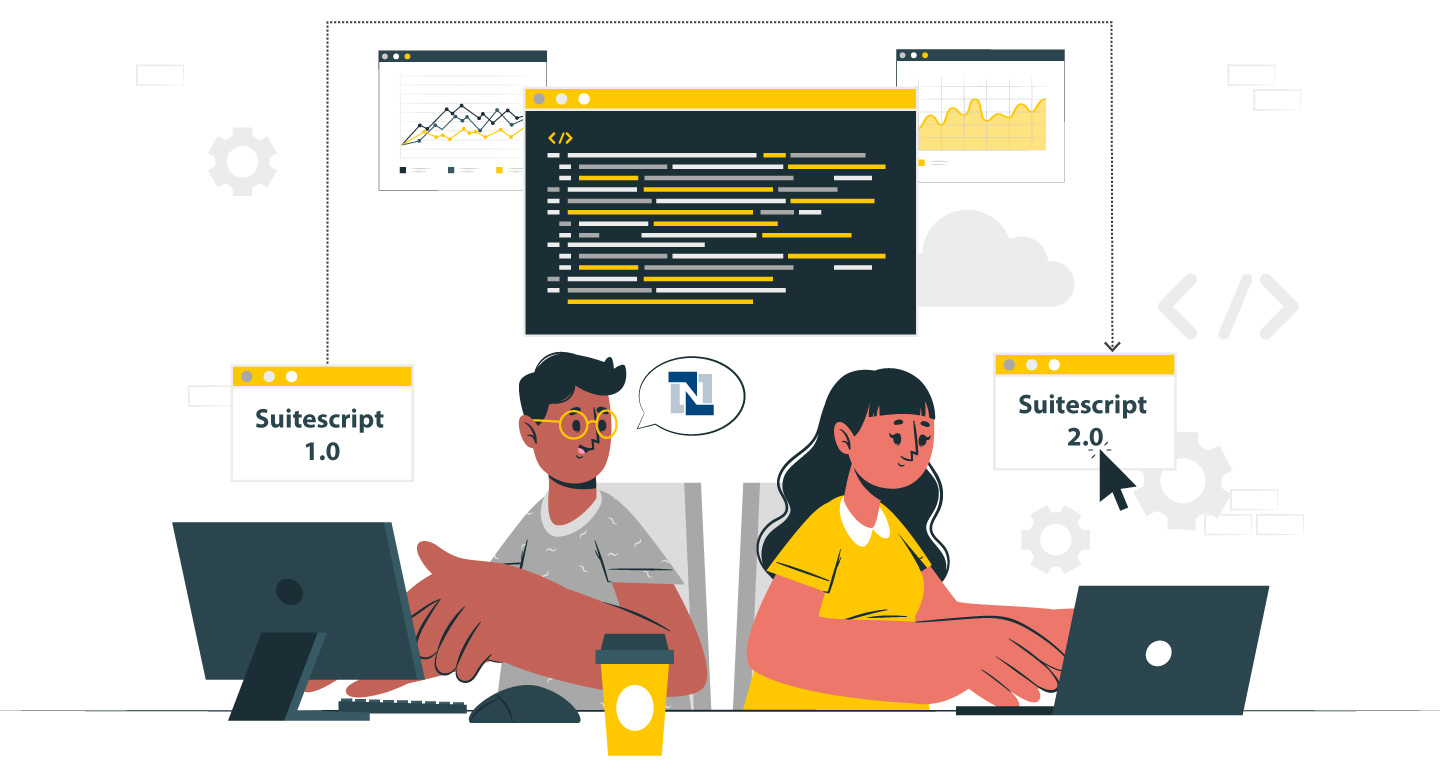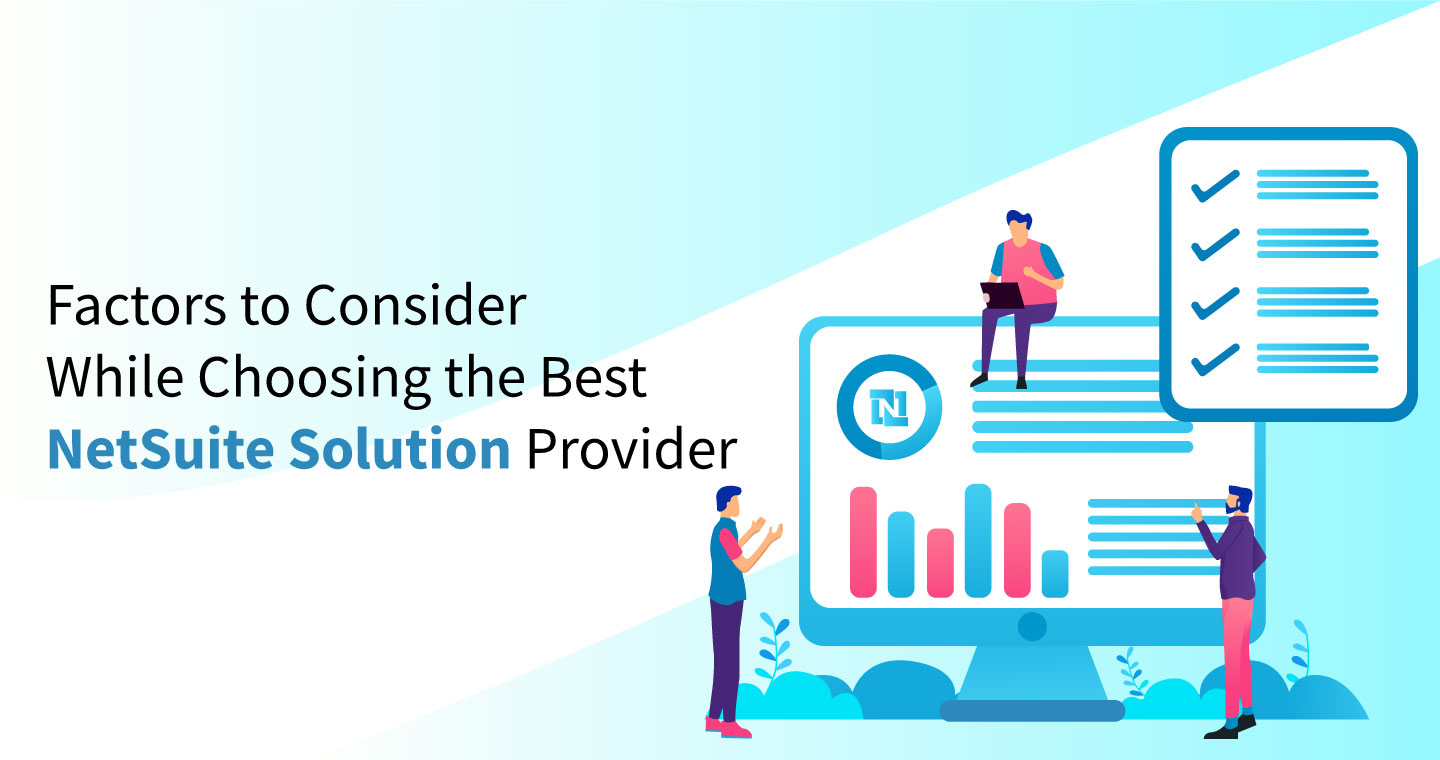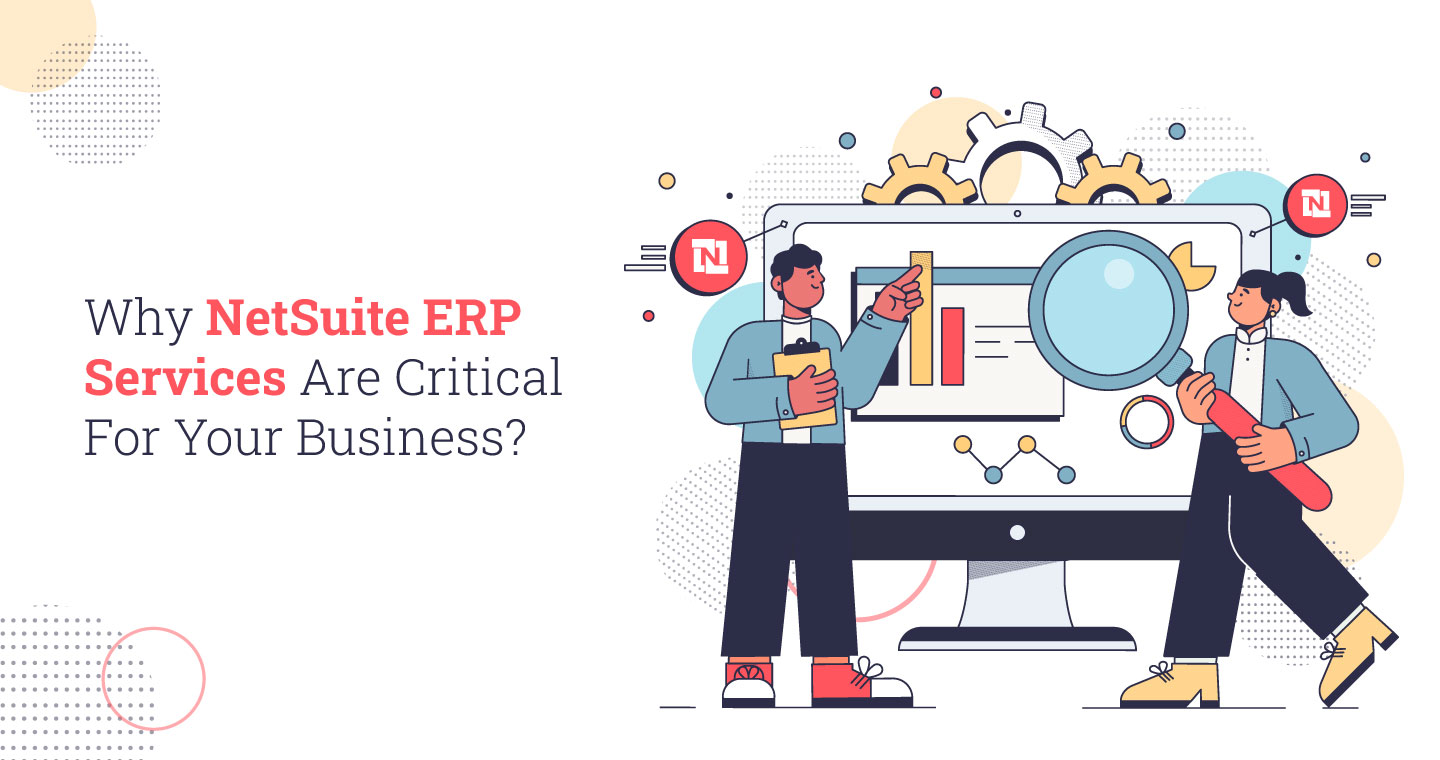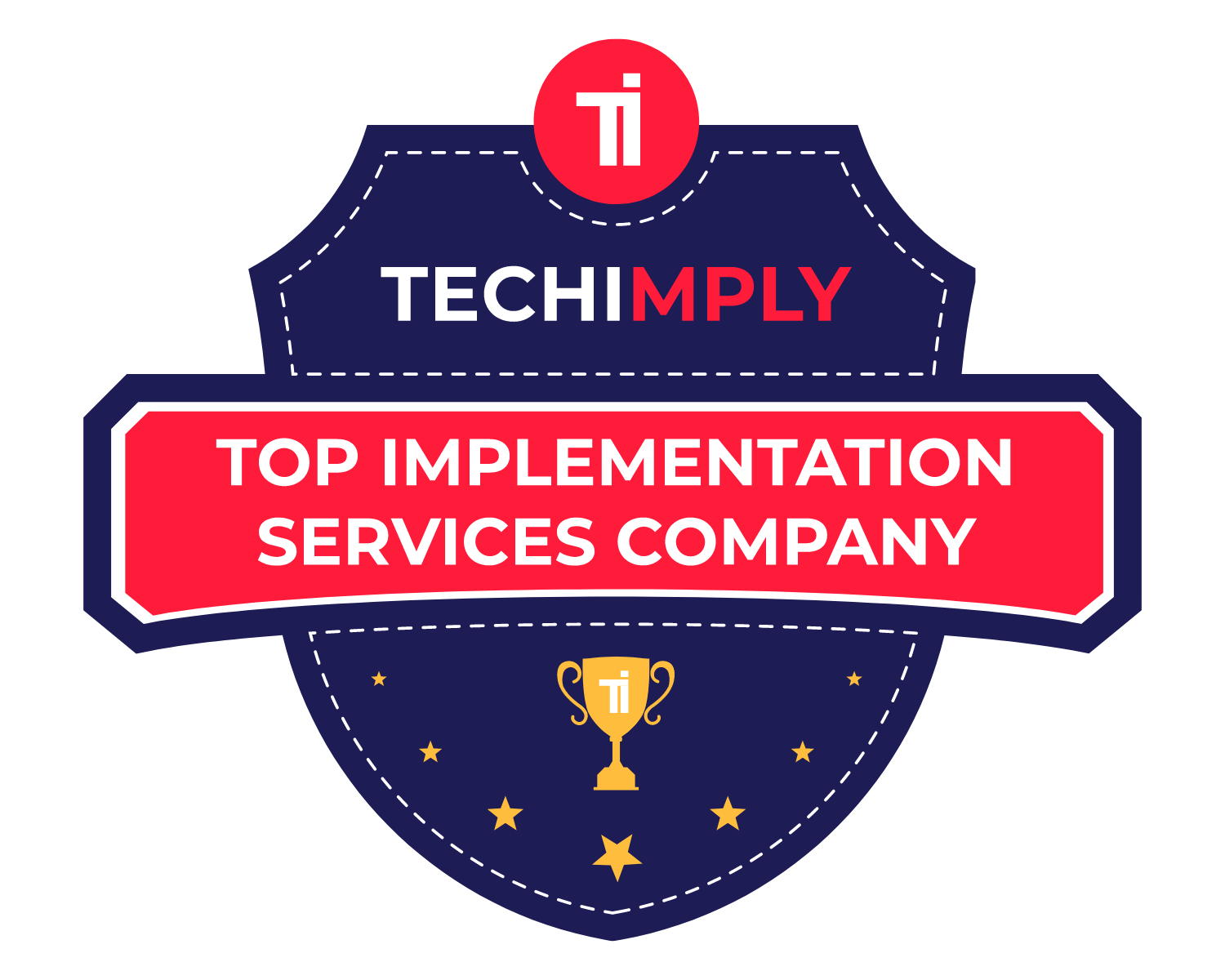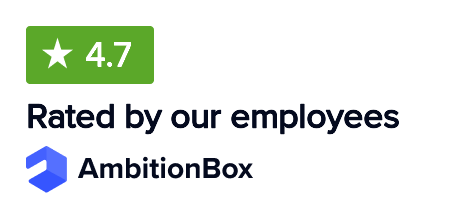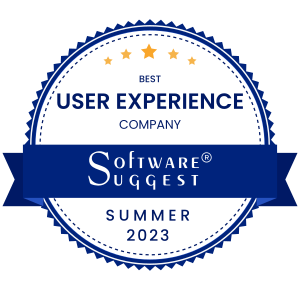NetSuite has achieved a leading status among ERP systems due to its versatility, extensive customization options, and wide array of tools that help businesses streamline their operations effectively. When it comes to gaining deeper insights into business processes and achieving scalable growth, NetSuite is widely regarded as one of the most robust ERP systems available.
However, despite these advantages, implementing NetSuite requires expertise, experience, and careful cost management. Implementation costs can vary significantly depending on a range of factors, and without strategies for controlling these expenses, businesses risk exceeding their budgets, leading to delayed deployment.
In this guide, we’ll walk you through the key cost factors involved in NetSuite implementation, along with well-planned strategies for cost control.
Factors Influencing NetSuite Implementation Costs
The NetSuite implementation cost can be influenced by multiple factors, and having a good understanding of them is crucial. Each enterprise and its ERP requirement is unique and naturally, the cost factors that apply to one company may be different from another.
Here we explain these key factors related to NetSuite implementation costs.
1. Licensing and Subscription Fees
NetSuite works on a subscription-based business model and this requires companies to pay a recurring annual fee. This fee largely varies based on the number of users and the features and functionalities it needs. This subscription fee typically includes the cost of accessing the core ERP system features and base modules like CRM, financial management, and inventory management
The subscription fee tiers are created based on the company’s size, the number of users, and the feature requirements. Small businesses that require access to fewer users and basic features can find the base subscription tier to be perfect. Larger enterprises requiring extensive customization, a lot of features, and access for a large number of users may need to opt for higher subscription tiers or they may need custom subscription plans. On top of this, certain modules or third-party integrations may involve paying additional licensing fees adding more to the total cost.
2. Customization and Configuration
NetSuite allows customization based on business needs and this means that businesses need to pay extra for custom configuration or additional scripting of solutions. Common causes of customization include tailoring the dashboard, creating custom reports, and developing custom workflows and scripts for particular business processes.
While some organizations only involve making minimal changes to the system, there are complex customizations that may need to restructure the entire workflow within NetSuite. Based on the level of customization, the corresponding cost increases. Customization cost doesn’t only involve initial setup but also maintenance and post-customization support.
To keep cost under control it is important to have a balanced approach between necessary customization and over-customization. Find all the standard NetSuite features that serve your purpose and go for customization where it is absolutely necessary.
3. Integration Costs
One of the major challenges in ERP implementation is ensuring that the new system integrates seamlessly with existing systems, whether it’s third-party software, legacy systems, or e-commerce platforms. Integration is often a key driver of costs, particularly for businesses with complex IT ecosystems.
For instance, a business that uses Salesforce for customer relationship management or Shopify for its e-commerce platform may need to integrate these systems with NetSuite. The more integrations required, the higher the cost due to the need for custom connectors or middleware to ensure data synchronization across systems.
Integration costs also depend on the complexity of data flow and business processes between systems. Custom APIs or middleware solutions can add both time and expense to the implementation process.
4. Data Migration Costs
Migrating data from an existing system to NetSuite can be one of the most labor-intensive tasks in the ERP implementation process. The complexity and cost of data migration are influenced by factors like the volume of data, the quality of the data, and how well it is organized in your current system.
Data migration involves several steps, including extracting data from legacy systems, cleaning it to ensure accuracy, and importing it into the new system. Any inconsistencies in the data, such as duplicates or missing fields, can complicate the process and increase the cost.
If historical data is to be migrated like the data corresponding to past transactions or customer records, this can add to the need for more time and resources. It’s important to consider whether all historical data needs to be migrated or if only current and critical data should be included, and this practical approach can significantly reduce costs.
Also Read: Best Practices for ERP Data Migration
5. Training and Support
Training is a crucial part of any ERP implementation, ensuring that employees understand how to use the new system effectively. The level of training required can vary depending on the complexity of the system and the users’ familiarity with ERP systems in general.
The more extensive the training, the higher the associated costs. Training may include on-site sessions, online courses, or third-party support, and it often extends beyond the initial implementation phase. Businesses should plan for ongoing training to accommodate new hires and ensure that employees continue to use the system efficiently as it evolves.
After going live, it’s not uncommon to encounter technical issues or require further customization. Having a support plan in place can prevent costly downtime and ensure that any problems are resolved quickly.
6. Post-Implementation Costs
Even after the initial implementation is complete, there are ongoing costs to consider. These include system upgrades, additional customizations, or adding new modules as the business grows. It’s important to account for these future expenses when planning the initial budget.
Businesses may incur costs related to system optimization, such as improving performance, adjusting workflows, or integrating new technologies. These ongoing costs are a necessary part of maintaining the system and ensuring that it continues to meet the evolving needs.
Strategies to Optimize and Control NetSuite Implementation Costs
While NetSuite implementation can be costly, there are several strategies businesses can use to keep expenses under control. The following best practices can help you optimize your budget and get the most out of your ERP investment.
1. Define Clear Business Requirements and Scope
One of the most important steps in controlling costs is to clearly define your business requirements and scope from the outset. Vague or changing requirements can lead to scope creep, which can drastically increase costs. Before starting the implementation process, make sure all stakeholders are aligned on the objectives, and document all business processes that the system needs to support.
2. Choose the Right Implementation Partner
Choosing the right implementation partner is critical for a successful and cost-effective NetSuite deployment. An experienced partner can guide you through the process, help you avoid common pitfalls, and ensure that the system is configured to meet your specific needs. Look for a partner with a proven track record of successful NetSuite implementations, and one that understands your industry.
3. Leverage NetSuite Standard Features
NetSuite offers a wide range of standard features that can meet the needs of many businesses without the need for extensive customization. By leveraging these out-of-the-box features, you can save time and money on development costs. Work with your implementation partner to identify areas where standard features can be used instead of building custom solutions.
4. Optimize User Licensing
NetSuite’s licensing fees are based on the number of users and the level of access they need. To optimize costs, review your user roles carefully and only assign full access to those who truly need it. For example, some employees may only need access to specific modules, such as finance or inventory management, rather than the entire system. By optimizing user roles and permissions, you can reduce licensing costs while still ensuring that key resources get the required access to the ERP system and modules.
5. Use a Phased Implementation Approach
A phased implementation approach can help you control costs by spreading out the deployment over time, rather than attempting to go live with the entire system at once. This allows you to focus on implementing the most critical modules first and then gradually rolling out additional features and customizations as needed. Phased implementations also give your team time to adapt to the new system, reducing the risk of errors and minimizing the need for extensive retraining.
6. Automate Routine Tasks and Processes
Automation is one of the key benefits of using an ERP system like NetSuite, and it can also help reduce costs by eliminating manual processes and streamlining operations. Look for opportunities to automate routine tasks, such as invoicing, order processing, or inventory management, to save time and reduce labor costs. By automating processes, you can increase efficiency and reduce the likelihood of errors, further driving down costs over the long term.
Key Mistakes That Drive Up NetSuite Implementation Costs
Even with the best planning, there are several common pitfalls that can lead to higher-than-expected costs. By being aware of these issues, businesses can take steps to avoid them and stay within their budget.
1. Scope Creep
Scope creep occurs when additional features or requirements are added to the project after it has already started. This can lead to delays, additional development work, and increased costs.
To avoid scope creep, make sure all stakeholders are aligned on the project scope from the outset, and resist the temptation to add new features during the implementation process. If more functionalities are needed, consider rolling it out in a later phase of the project, rather than trying to include everything in the initial deployment.
2. Underestimating Data Migration Complexity
Data migration is often more complex than businesses anticipate, particularly if the data is not well-organized or if there are discrepancies in the existing system. Underestimating the time and effort required for data migration can lead to delays and increased costs.
To avoid this pitfall, perform a thorough analysis of your existing data before starting the migration process. Identify any inconsistencies or errors, and work to clean up the data to ensure a smooth transition.
3. Inadequate Training
Inadequate training is a common issue that can lead to higher costs in the long run. Without proper training, employees may struggle to use the new system effectively, leading to decreased productivity and potential errors.
Invest in comprehensive training for all users, and provide ongoing support to ensure that employees are comfortable with the system. This will help reduce the risk of costly mistakes and ensure that the system is used to its full potential.
4. Lack of Internal Alignment
Internal alignment is critical for a successful implementation. If different departments or stakeholders have conflicting priorities or objectives, it can lead to delays, additional development work, and increased costs.
To avoid this, ensure that all stakeholders are aligned on the goals of the implementation from the outset. Hold regular meetings to keep everyone informed of progress and address any concerns before they become major issues.
Real-World Use Cases and Cost Analysis
NetSuite implementations vary greatly depending on the industry, business size, and specific operational needs. However, many businesses have successfully controlled their implementation costs by leveraging best practices and strategic approaches. Below are industry-specific examples that showcase how different businesses managed their NetSuite implementation costs.
1. Retail
Let’s begin with the case of a mid-sized retail company that deals with multiple sales channels and inventory locations and decided to choose NetSuite to manage its growing operations. To keep costs down, the company can leverage NetSuite’s standard inventory and order management features, minimizing the need for extensive customizations. They can also opt for a phased implementation approach, first deploying core modules like inventory management and sales order processing. This allowed them to spread costs over multiple phases, ensuring budget control while training employees gradually.
2. Manufacturing
A manufacturing company with complex production workflows needed extensive customization for production planning and scheduling. They can work closely with an experienced NetSuite implementation partner to optimize these workflows while avoiding unnecessary expenses. By clearly defining their requirements upfront, the company can also be able to implement only essential customizations and avoid scope creep.
3. E-Commerce
An e-commerce company handling thousands of online orders daily requires robust integration between NetSuite and its e-commerce platform to streamline order fulfillment. Instead of building a custom integration from scratch, the company can utilize NetSuite’s pre-built connectors to integrate with platforms like Shopify and Magento, reducing development costs. They can also optimize their user licensing by assigning different levels of access based on employee roles, cutting down on unnecessary user fees.
4. Healthcare
A healthcare provider, operating under strict regulatory requirements, may need to implement robust compliance features within NetSuite. By working with NetSuite’s built-in regulatory compliance tools, the company can avoid costly custom development. They can also adopt data migration best practices to ensure that sensitive patient data is migrated securely and efficiently, avoiding unnecessary delays or errors that could have increased costs.
5. Non-Profit Organizations
A non-profit organization with limited resources needs to implement NetSuite to improve donor management and financial reporting. They can adopt a phased implementation approach to control costs and avoid overwhelming their small team. By focusing first on financial management and donor tracking, the organization can be able to stay within its limited budget.
6. Professional Services
A professional services firm, with a large number of billable resources and complex project management needs, can decide to implement NetSuite to streamline their operations. By using NetSuite’s Professional Services Automation (PSA) module, the firm can be able to automate project tracking, time entry, and invoicing without the need for significant customizations. This can keep their implementation cost low and improve the overall bottom line.
7. Logistics and Distribution
A logistics and distribution company with a global supply chain when implementing NetSuite to enhance visibility and efficiency across its operations can focus on using NetSuite’s supply chain management tools, such as demand planning and order management. These ready-to-use tools will help them optimize their logistics processes while minimizing customization needs.
8. Financial Services
A financial services company opting for NetSuite to manage its compliance reporting and financial consolidation processes doesn’t need to build custom financial reports. Instead, they can utilize NetSuite’s advanced financial reporting tools to generate accurate, real-time reports. The company can also adopt a phased approach by first implementing financial management and compliance tracking features, and later rolling out advanced analytics tools.
Read More: NetSuite Financials – The Ultimate Financial Friend
Final Recommendations for Managing NetSuite Implementation Costs
Managing the cost of a NetSuite implementation requires careful planning, clear communication, and a strategic approach.
Here are the key takeaways for controlling NetSuite implementation costs:
- Clearly define your business requirements and scope to avoid scope creep.
- Choose the right implementation partner with experience in your industry.
- Leverage NetSuite’s standard features to minimize customization costs.
- Optimize user licensing to reduce subscription fees.
- Use a phased implementation approach to spread out costs and minimize risk.
- Automate routine tasks and processes to increase efficiency and reduce labor costs.
Conclusion
NetSuite is a powerful ERP solution that can transform your business operations, but managing the cost of implementation is crucial to achieving a successful deployment. By understanding the factors that influence implementation costs and adopting best practices for cost control, businesses can avoid common pitfalls and ensure a smooth, cost-effective transition to NetSuite.
With the right approach, businesses can harness the full potential of NetSuite while keeping their implementation costs under control, setting the stage for long-term success.
Read More: NetSuite Pricing


